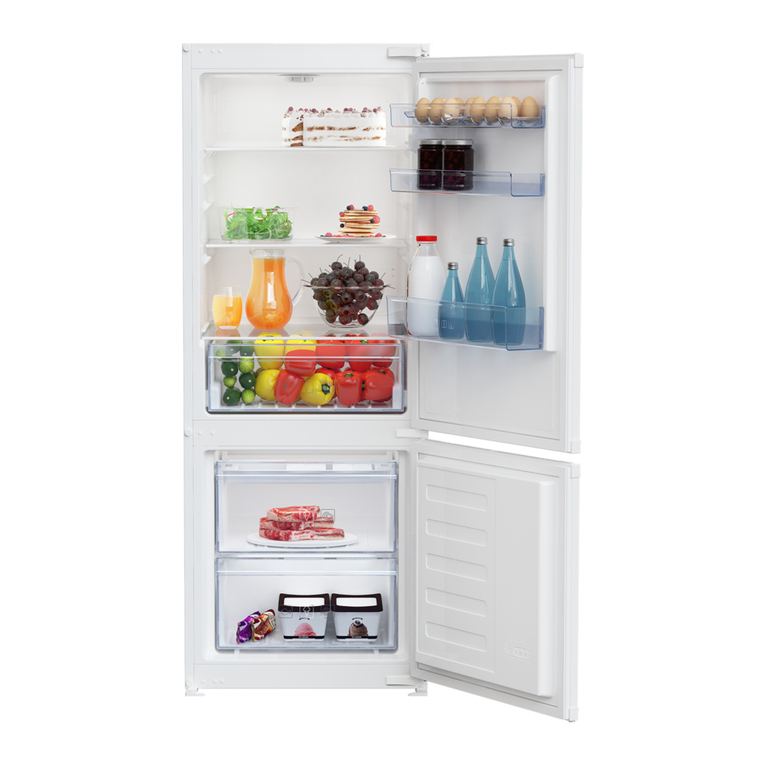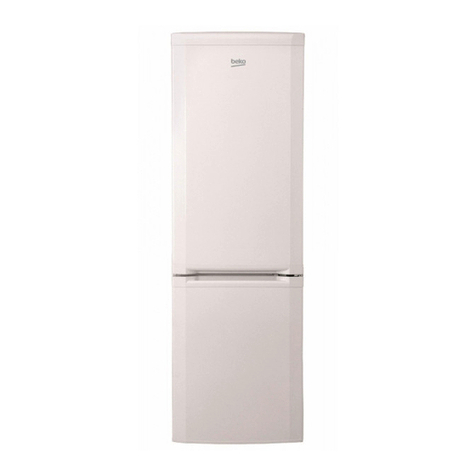Beko B1854N User manual
Other Beko Refrigerator manuals

Beko
Beko RCNA366I30W Instruction Manual
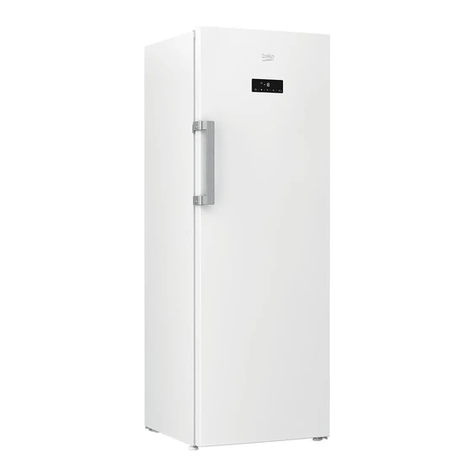
Beko
Beko 7271DF User manual

Beko
Beko RCNA365E30ZX User manual

Beko
Beko RCNA400E40ZX User manual

Beko
Beko DN150100 D User manual

Beko
Beko BFTF2716SSIM User manual

Beko
Beko RBI 6306 HCA User manual

Beko
Beko CS234000S User manual
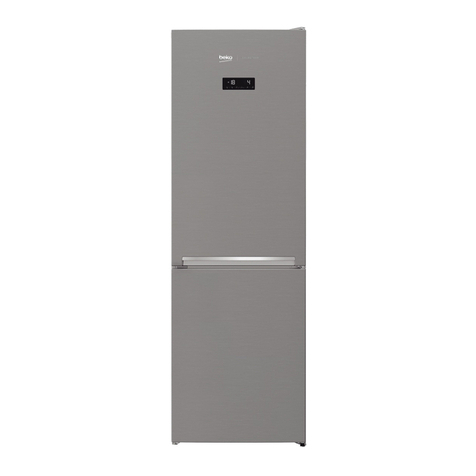
Beko
Beko CN366E40ZXP Instruction Manual

Beko
Beko RDNE390M21S User manual
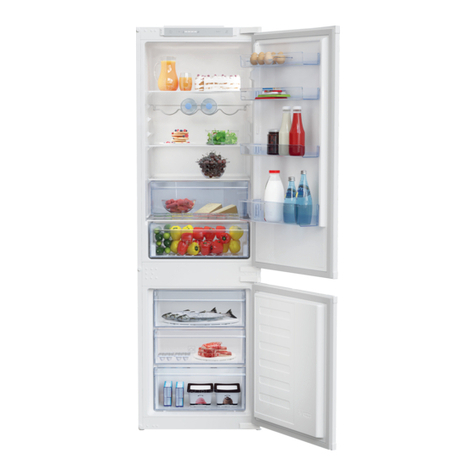
Beko
Beko BCSA283E4SN User manual

Beko
Beko CHILL66B User manual

Beko
Beko GNE134750X User manual
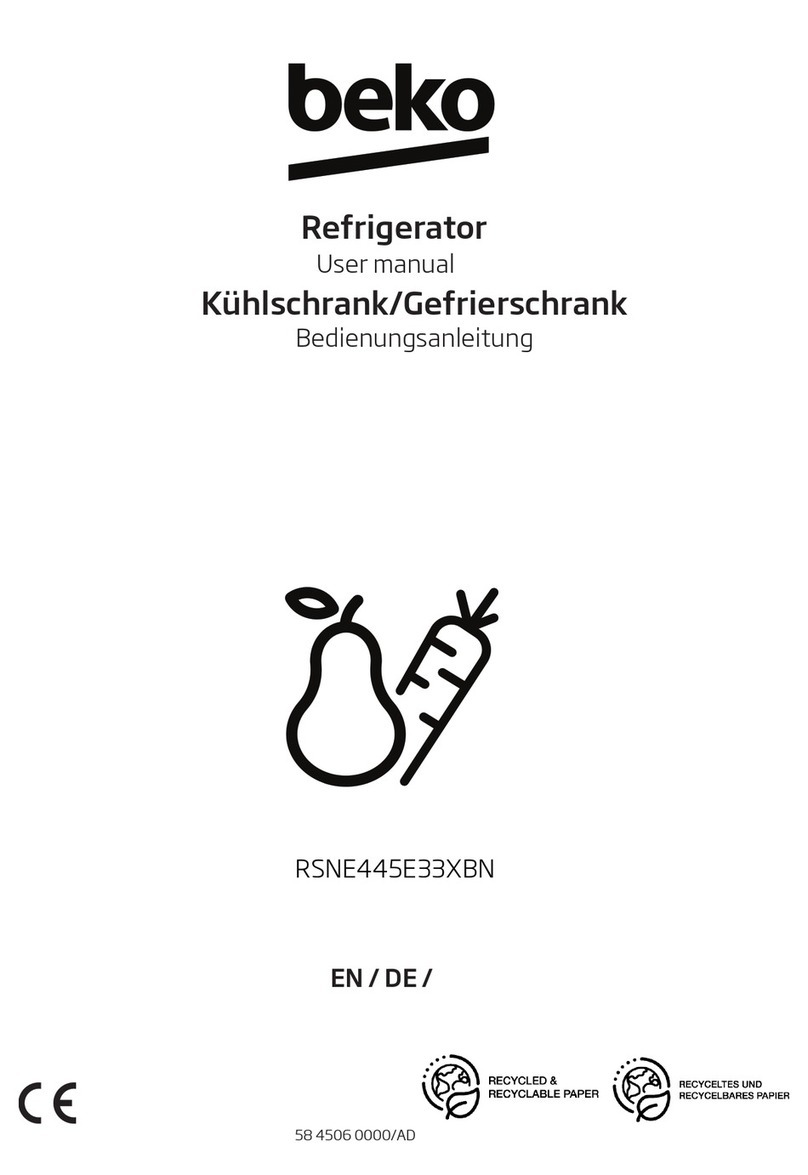
Beko
Beko RSNE445E33XBN User manual
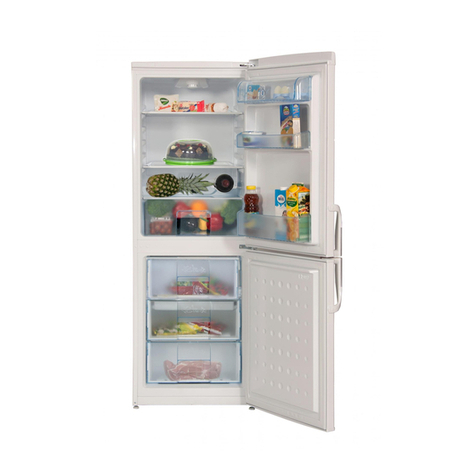
Beko
Beko CSA24031 User manual
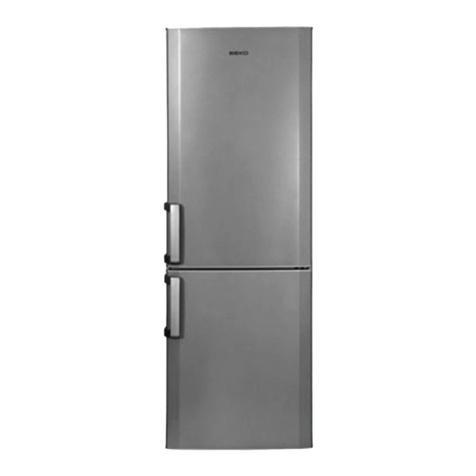
Beko
Beko CS 232020 User manual
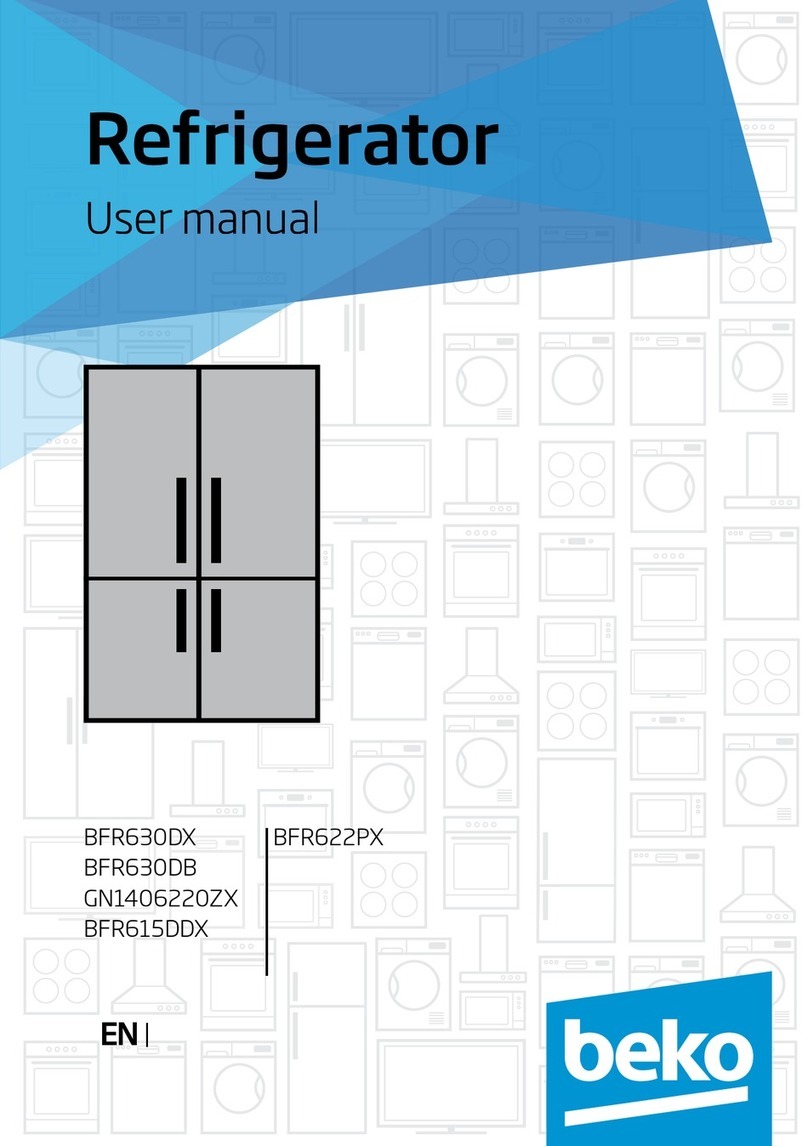
Beko
Beko BFR630DX User manual

Beko
Beko CNA29120S User manual
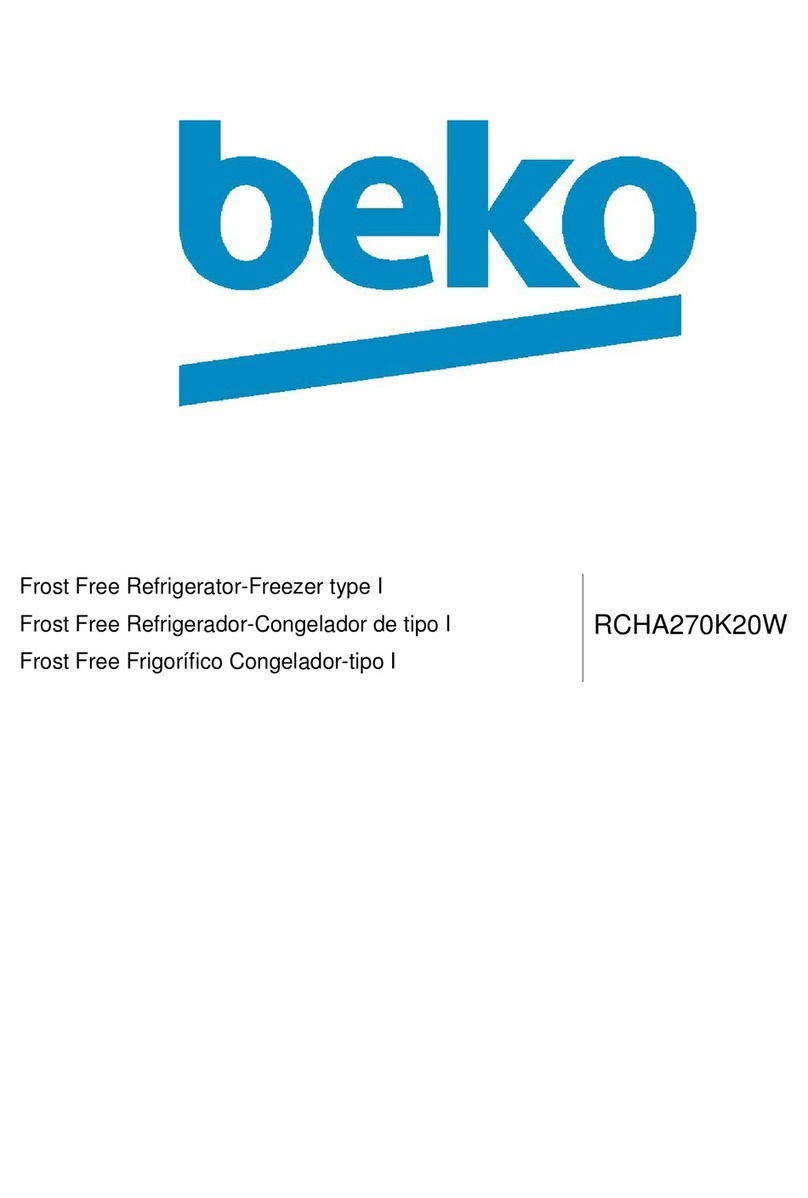
Beko
Beko RCHA270K20W User manual

Beko
Beko RCNA366E61XPN Instruction Manual

